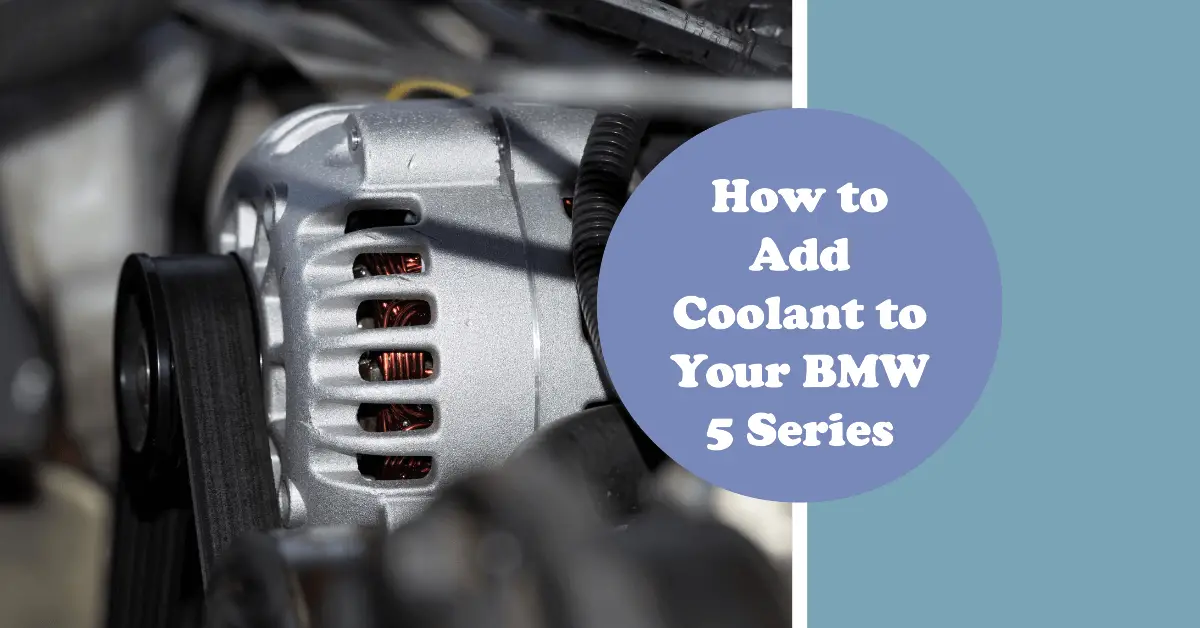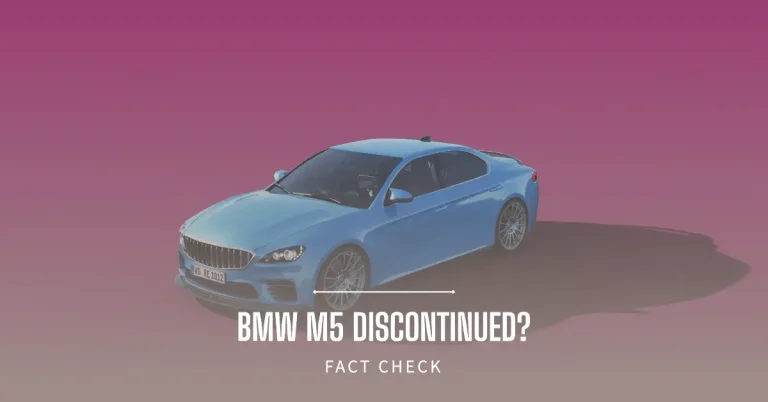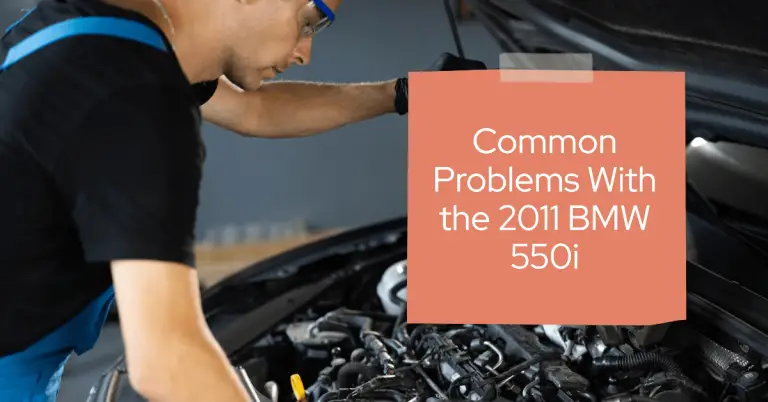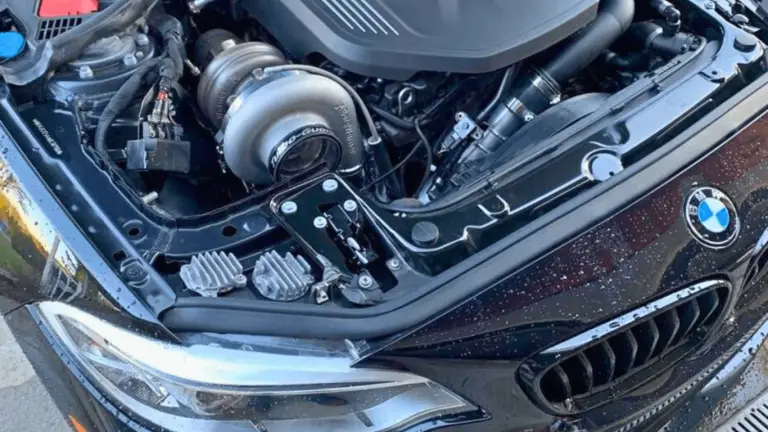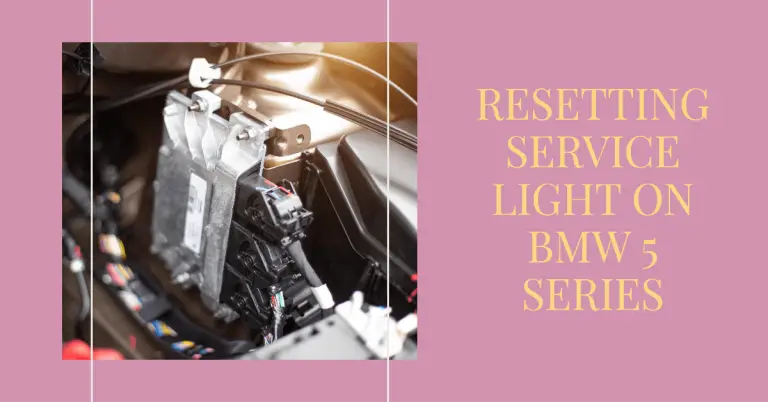Where to Put Coolant in BMW 5 Series – Complete Guide
Maintaining the proper coolant level is critical for your BMW 5 Series’ engine health and performance. But where exactly should you add coolant in your BMW? Can you just pour it directly into the radiator?
The correct place to add coolant in a BMW 5 Series is the coolant reservoir tank, not directly into the radiator.
In this comprehensive guide, we’ll cover everything you need to know about adding coolant in your BMW 5 Series:
- Locating the Coolant Reservoir in Different BMW 5 Series Models
- Recognizing When to Top Up Your BMW 5 Series Coolant
- BMW Approved Coolant Types for 5 Series
- Step-by-Step Instructions for Safely Adding Coolant
- Tips for Maintaining Proper Coolant Levels
Properly maintaining your BMW 5 Series coolant will keep your engine running at peak performance. Let’s get started!
Locating the Coolant Reservoir in BMW 5 Series
The first step is finding where the coolant reservoir tank is located in your specific BMW 5 Series model and year. The reservoir tank is made from translucent plastic, allowing you to visually inspect the coolant level.
The coolant reservoir location can vary depending on the generation and model:
E12 5 Series (1972–1981) – Front passenger side of engine bay
E28 5 Series (1981–1988) – Front passenger side of engine bay
E34 5 Series (1988–1996) – Rear passenger side of engine bay
E39 5 Series (1995–2004) – Rear passenger side of engine bay
E60/E61 5 Series (2003–2010) – Rear passenger side of engine bay
Newer 5 series models like the G30 (2016 and up) may have the coolant reservoir located on the front driver side.
Consult your owner’s manual to find the exact location in your BMW if you’re still unsure.
Knowing When to Add Coolant in Your BMW 5 Series
How can you tell if your BMW 5 Series is low on coolant and needs a top up? Here are the signs:
- Overheating Engine – If your engine temperature is consistently higher than normal or the gauge is nearing the red zone, low coolant levels could be the culprit.
- Warning Lights – A yellow or red temperature warning light on your BMW’s instrument cluster is a telltale indicator you could be running low on coolant.
- Coolant Leaks – Visually inspect under your BMW for any coolant leaks from the hoses, radiator, reservoir, or fittings which would cause low levels. Wet spots on the ground are also signs of a leak.
- Low Coolant Warning – Many newer BMW 5 series will display a warning message if the coolant level is critically low, such as “Check Coolant Level”.
You should only add coolant when the engine is completely cold – this prevents pressurized spurts of hot coolant. Your BMW’s coolant should also be changed periodically at the intervals recommended in your owner’s manual, generally every 3-5 years.
BMW Recommended Coolant Types for 5 Series
What type of coolant does BMW recommend you use in your 5 Series? Here are approved options:
- BMW Blue Coolant – This OEM pre-diluted coolant (part number 83-19-2-219-214) offers the optimal mix for corrosion protection. The blue color makes leaks easy to identify.
- BMW Pink Coolant – The pink pre-diluted version (part number 83-12-2-299-576) contains the same 50/50 ratio but offers extra frost and boil-over protection.
- Distilled Water/BMW Concentrate – You can mix 50% high purity distilled water with 50% BMW coolant concentrate like part number 83-19-2-219-218.
Avoid mixing different types of coolant concentrate together as this can produce gelatinous deposits over time. Use only BMW approved coolants to avoid corrosion or damage to engine components.
Step-by-Step: Safely Adding Coolant to Your BMW 5 Series
Once you’ve located the plastic coolant reservoir tank, follow these steps to properly top up your BMW 5 Series’ coolant levels:
- Ensure the engine is completely cold before opening the coolant reservoir cap. Turn your BMW off for several hours beforehand.
- Place a rag under the coolant reservoir cap. Carefully turn the cap counterclockwise to relieve any residual pressure before removing completely.
- Wipe the dipstick on the reservoir cap with the rag and inspect the coolant level. It should be between the “MIN” and “MAX” lines.
- Funnel your chosen BMW-approved coolant into the reservoir slowly until it reaches the “MAX” line. Avoid overfilling past the maximum marker.
- Replace the coolant reservoir cap and turn clockwise until you hear it click securely into place.
- Turn your BMW on and inspect for any coolant leaks at the reservoir and radiator fittings. Tighten if any seepage occurs.
- Dispose of any spilled coolant properly as it is toxic for pets if ingested. Rinse any skin or eye contact thoroughly with water.
Never attempt to remove the radiator cap or pour coolant directly into the radiator – this could lead to severe burns from hot pressurized coolant. Always add coolant only to the marked reservoir tank when the car is cold.
Tips for Maintaining Coolant in Your BMW 5 Series
Here are some additional tips for keeping your BMW 5 Series coolant levels optimal:
- Check your coolant reservoir levels regularly when you check the engine oil. Top up if needed.
- Watch for leaks underneath that could indicate a bad water pump, cracked reservoir, or leaking radiator hoses. Have these components pressure tested.
- Consider a cooling system flush and fresh coolant every 3-5 years or 60,000 miles per BMW recommendations.
- Use only diluted coolant in the reservoir – not straight concentrate which can damage seals.
- Never mix various coolant colors/types together or use non-BMW approved formulas.
- Ensure your coolant contains corrosion inhibitors to prevent rust inside the radiator and block.
Maintaining the proper 50/50 coolant and distilled water dilution ratio is also critical for protection against overheating or freezing temperatures. coolant also lubricates the water pump and prevents scale buildup within the cooling system.
Summary: Where to Put Coolant in BMW 5 Series
We’ve covered the complete guide on adding coolant in your BMW 5 Series model properly:
- Coolant goes in the marked translucent plastic reservoir tank, not directly into the radiator.
- Only top up when the engine is completely cold to prevent burns.
- Use BMW OEM pre-diluted coolant or a 50/50 mix of distilled water and concentrate.
- Watch for overheating, low coolant lights, and leaks to identify when a top-up is needed.
- Flush old coolant and replace at recommended service intervals.
Following proper coolant filling procedures and scheduled maintenance is crucial to ensure your BMW 5 Series continues running smoothly for years to come. Be sure to top up your coolant reservoir tank with the approved diluted BMW formula when required.

